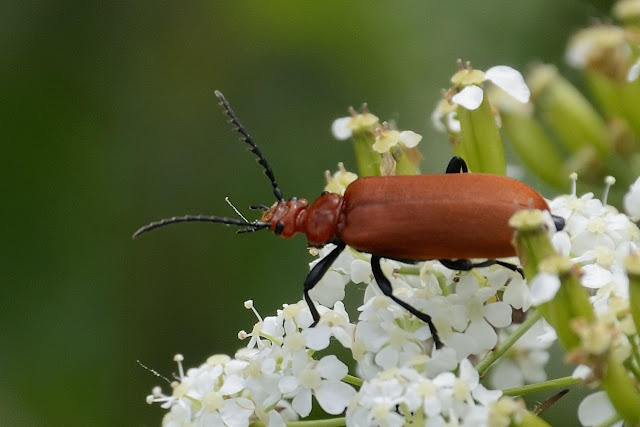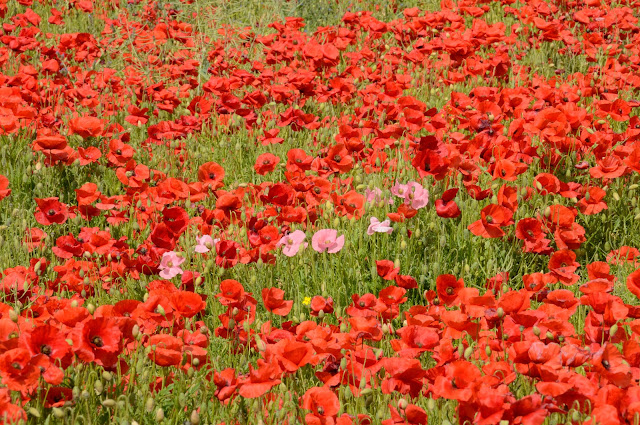The seaside town of Cromer in Norfolk

Cromer is a traditional seaside resort and is famous for its pier, home to a lifeboat station and Pavilion Theatre, where the UK’s only remaining traditional end of the pier variety show takes place each Summer and Winter. The pier is an enduring example of Victorian architecture, having withstood many storms, tidal surges and even an attempt to blow it up by the Government in WW2 to prevent the pier being used as a landing strip for enemy invaders! Glad they decided not to! This was a passing visit so had to take a few images. Firstly the famous pier with a stormy sky in the background A couple of images of the cliffs and beach huts. On the path leading down to the promenade, a peek over the edge revealed these steps which instantly appealed to me. The curves and lines just said `take a picture of me` - well, not literally. At the bottom of these steps was this `compass` which this couple obviously `took a shine` to as well. The whole area was in f...




